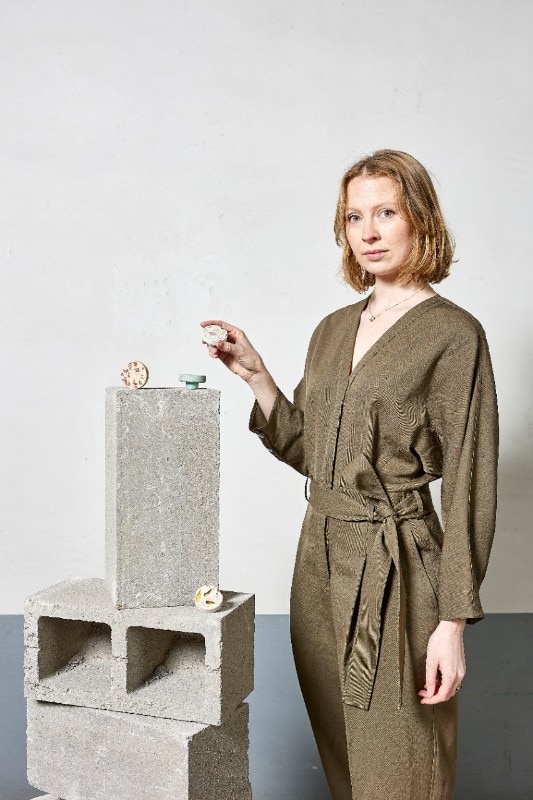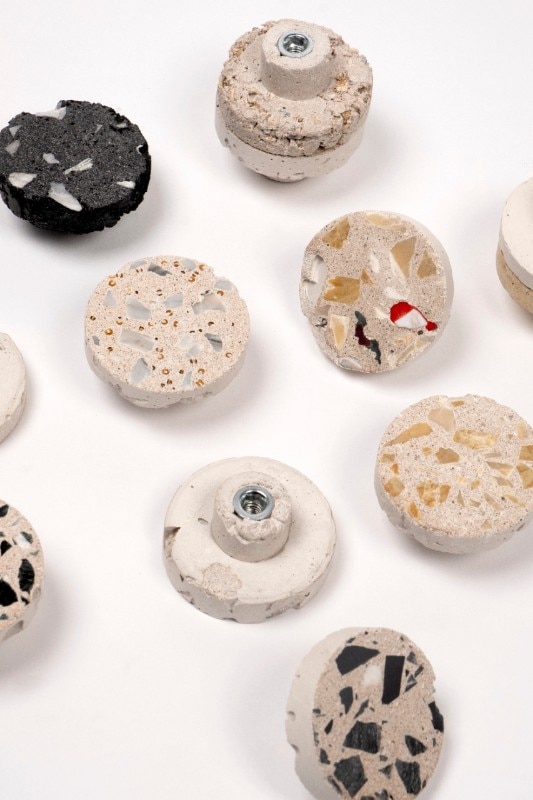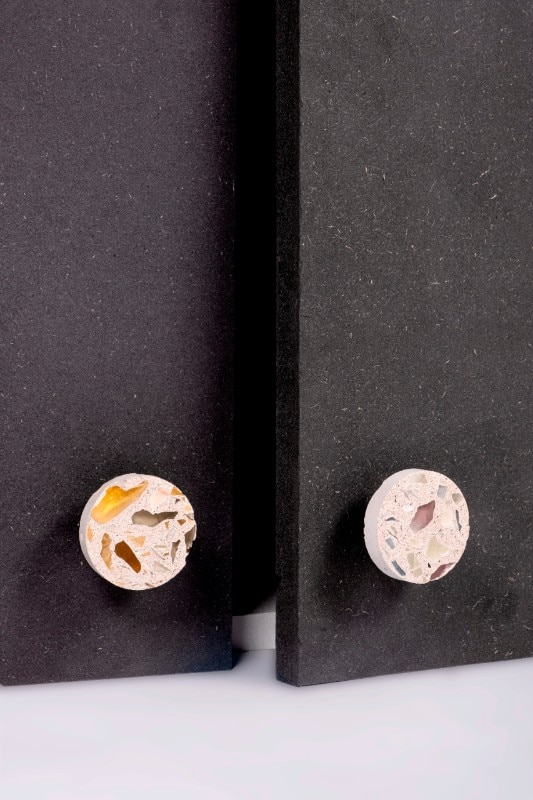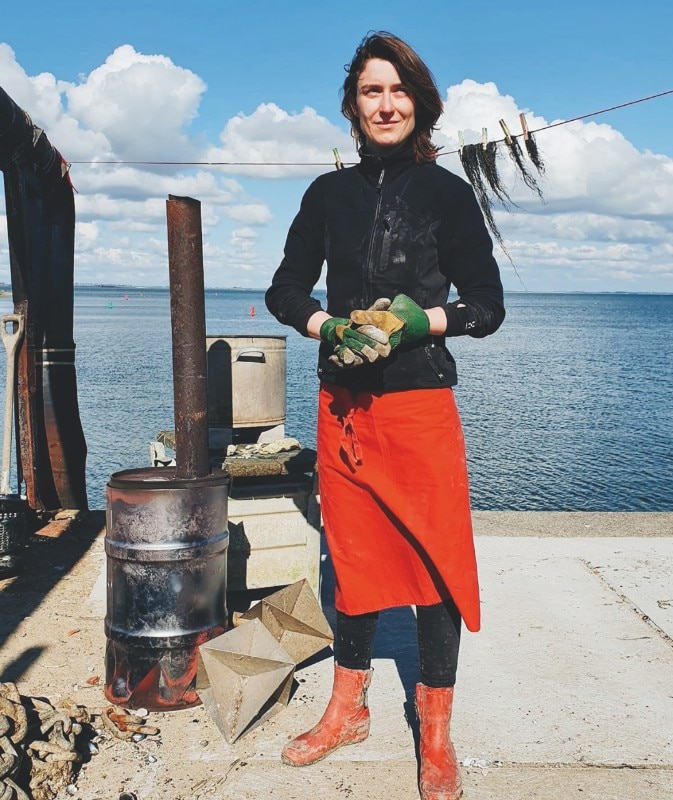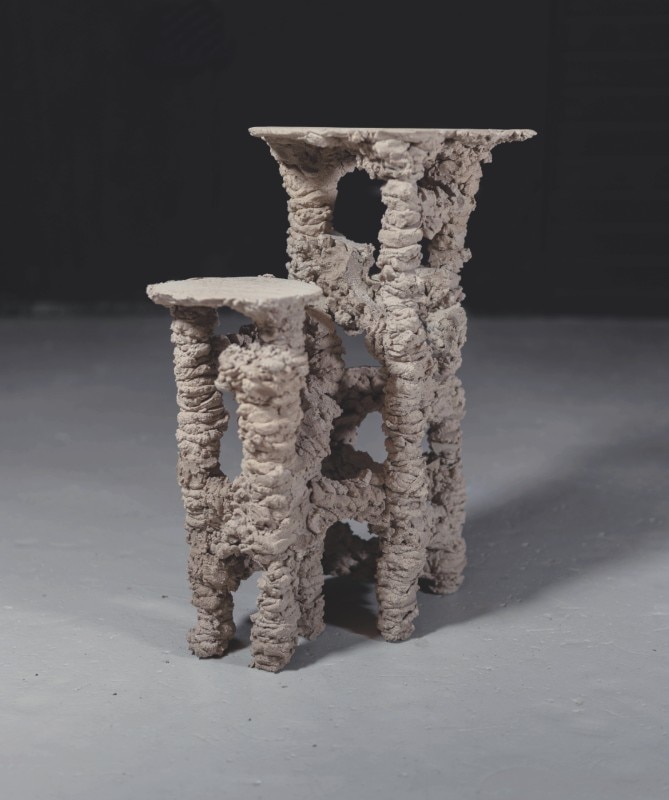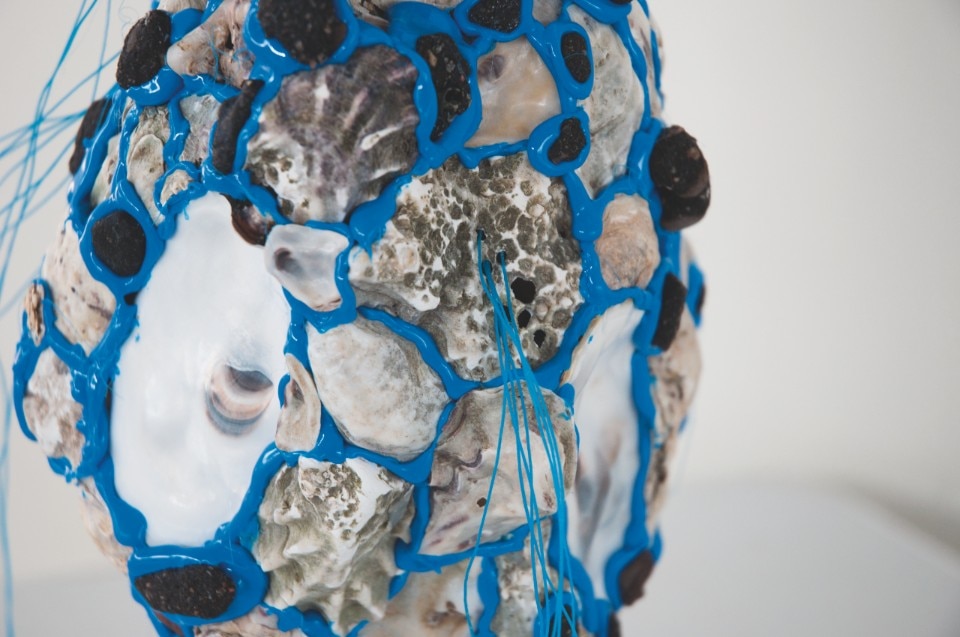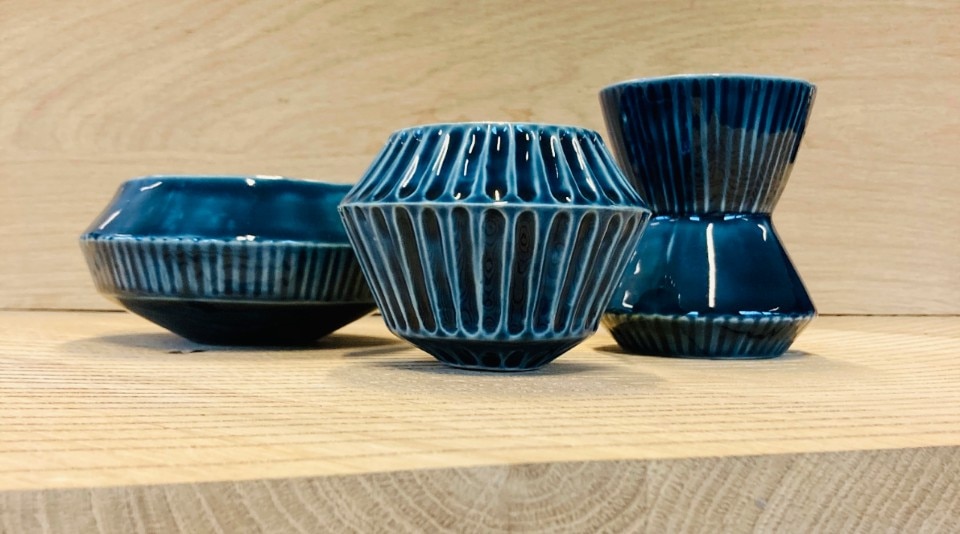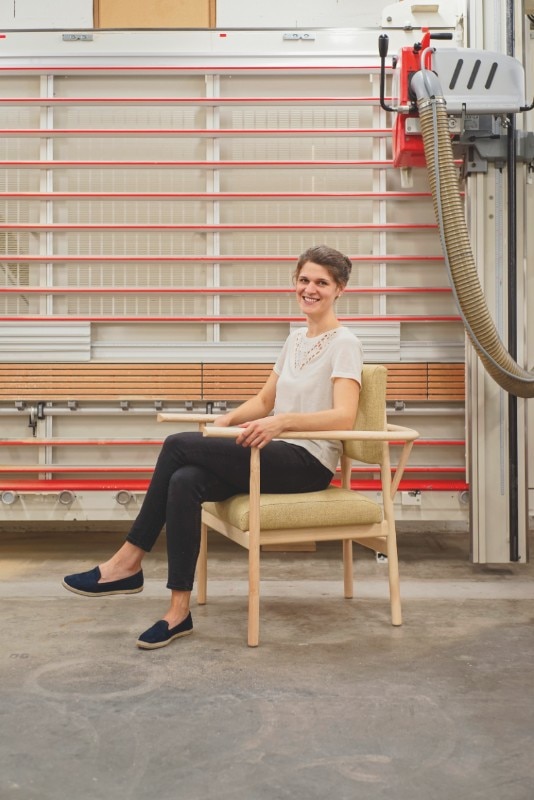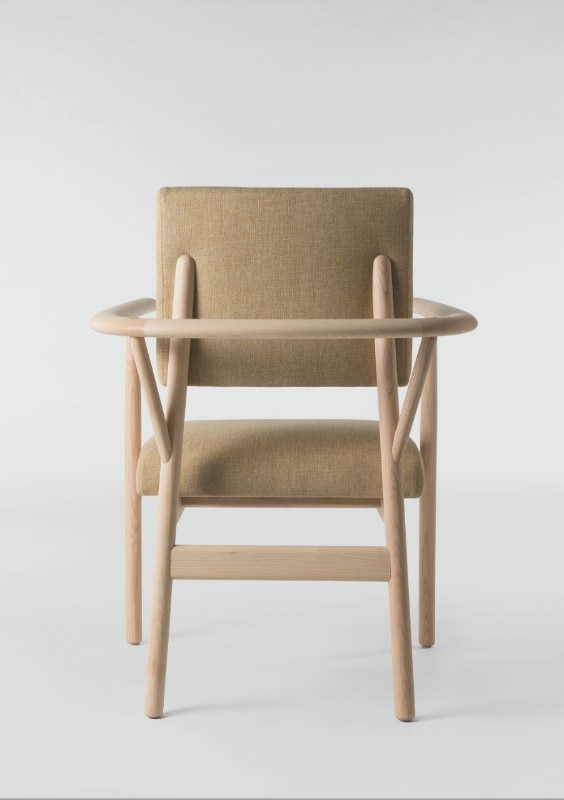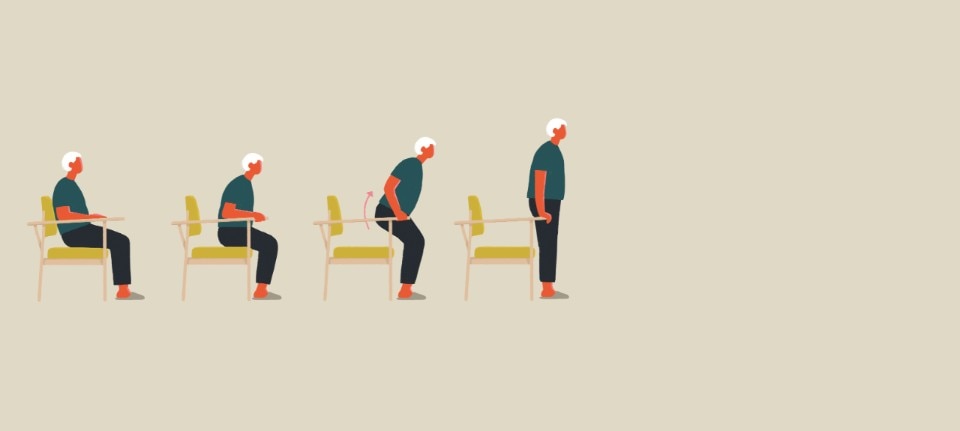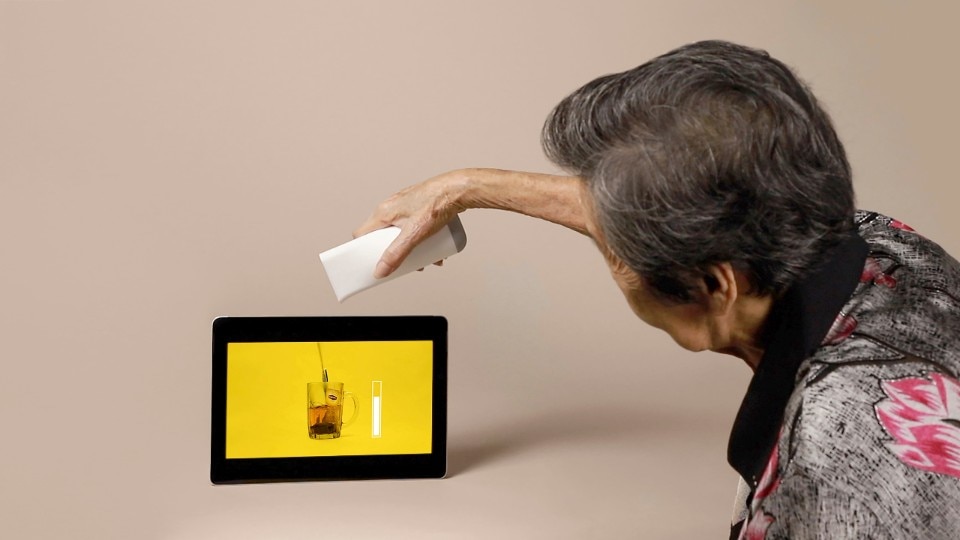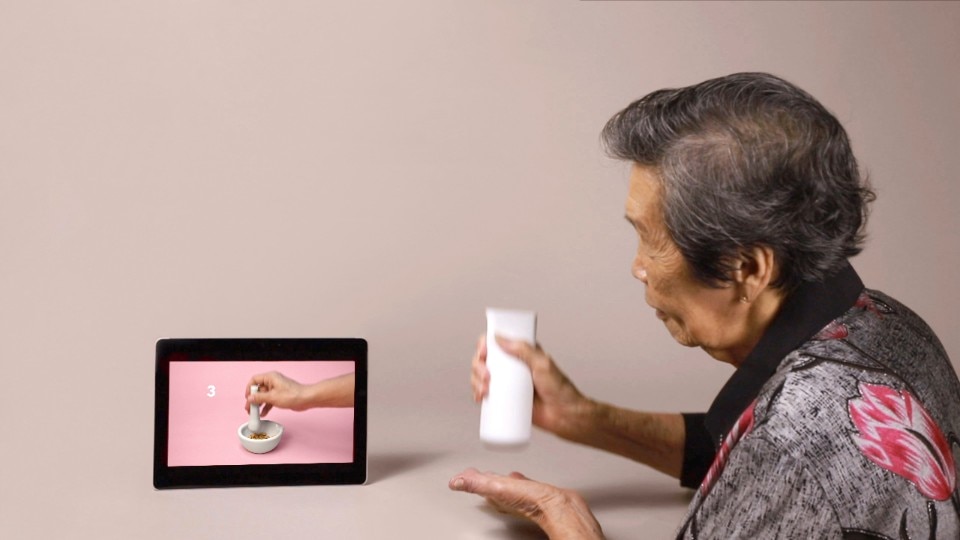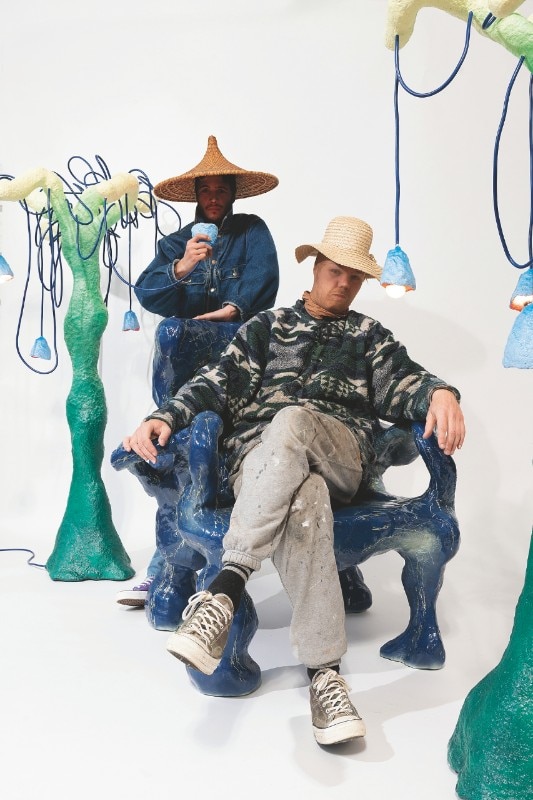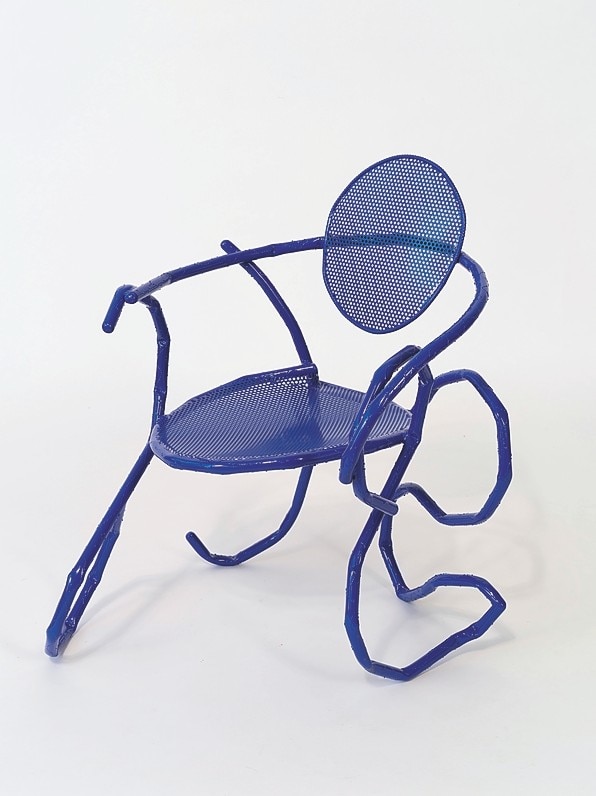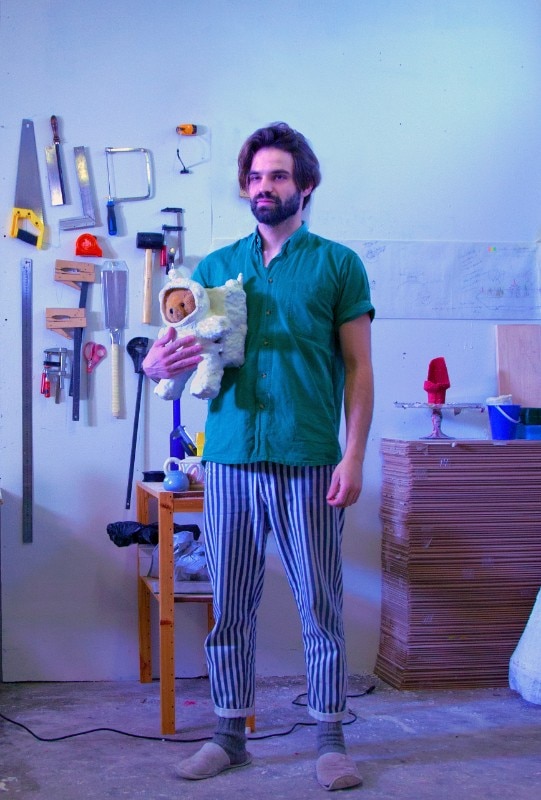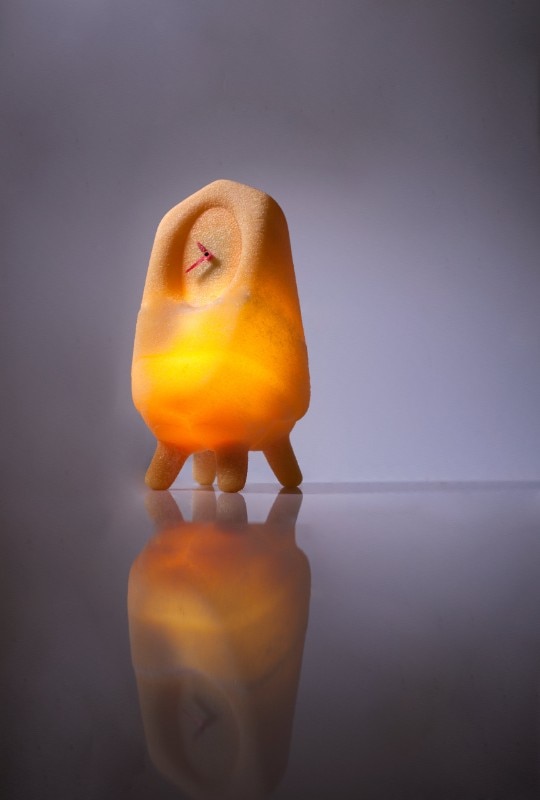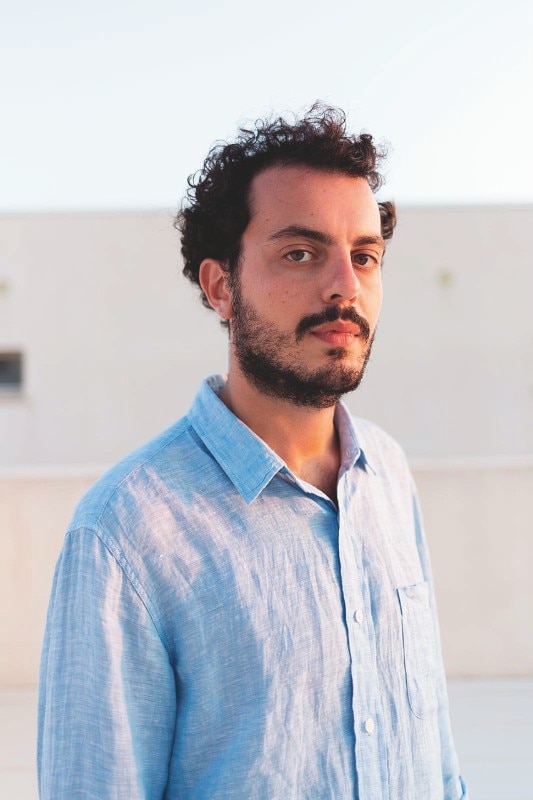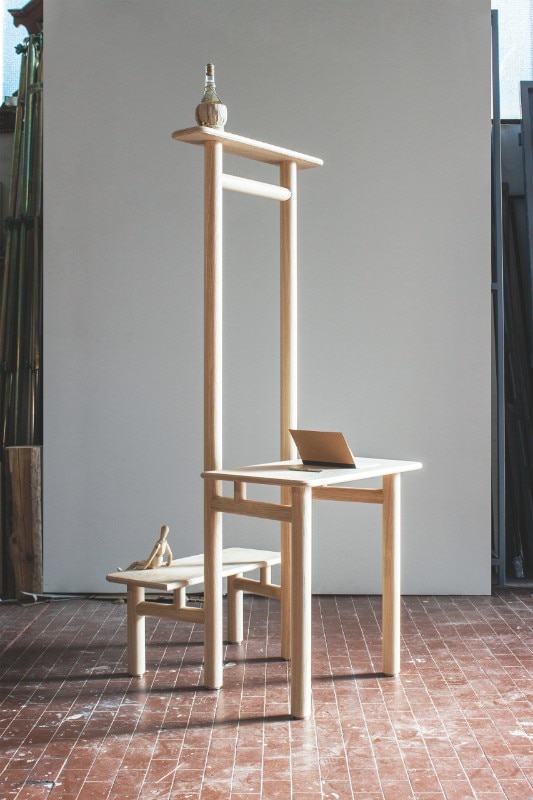Since 2020, Domus has been trying to draw attention to them through a dedicated column. They are the new generation of designers. They come from different countries and cultures, they vary in age; in some cases they even start from seemingly different theoretical foundations. Yet there is a common humus that unites them – a pervasive sensibility. They share an idea of design as a process, not just as a product. Above all, they possess an awareness that they are acting, operating, and designing in an era very different from that of the Maestros – an era in which design is increasingly transitioning into a mass profession.
One of the most recurrent and widespread features within the vast field of design is undoubtedly the tendency to create innovative solutions capable of alleviating, repairing, and mitigating the increasingly pervasive social and individual distress. We might call it the “design of discomfort”. This is exemplified, for instance, by the research of Dutch designer Sterre ter Beek, whose Almer project seeks to provide Alzheimer’s patients with a sensory experience, and perhaps even a memorial ritual, to stimulate and reactivate dormant neural connections. Similarly, the Rewind project by young Singaporean designer Poh Yun Ru aims to help elderly people suffering from dementia recall familiar everyday gestures, thereby preventing complete memory loss.
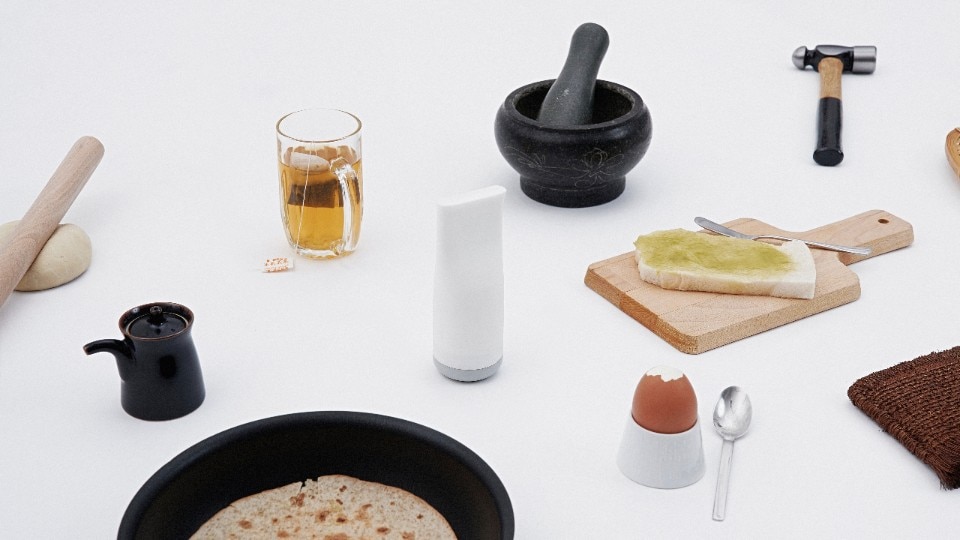
Similarly, Sarah Hossli’s armchairs are designed to help older people with motor difficulties sit and stand. On another front, environmental awareness is expressed through a widespread emphasis on material reuse and the use of discarded resources. Belgian designer Mahaut van Peel, for example, believes that “one man’s trash is another man’s treasure” and uses other people’s “trash” to create something useful. Meanwhile, Polish artist Agnieszka Mazur disassembles and reconstructs ocean debris using various adhesives to create a kind of material anthology from different places.
Yet there is a common humus that unites them – a pervasive sensibility. They share an idea of design as a process, not just as a product.
But there are also those, like Portuguese Ludovico Alves, who emphasize the social role of design, believing it to be instrumental in promoting critical thinking, reflection, and the cultivation of better decision-making skills. Then there are those, like the OrtaMiklos duo, who approach design as a form of performance and guerrilla object, a bric-a-brac and defunctionalized reassembly of contemporary cultures. Likewise, Italian designer Giuseppe Arezzi explores anthropological and sociological themes in relation to artisanal production and industrial design, always striving for multifunctionality, transformability, and reversibility.
In all of them, there is a palpable tendency toward experimentation and innovation, coupled with a consistent focus on the potential of emerging technologies and a clear sensitivity to issues of inclusion. Suspended between the tangible and the intangible, aware of the importance of aesthetics, they collectively delineate a map of great interest, all the more stimulating the more it comprises non-standardized practices and actions.


.jpg.foto.rbig.png)

